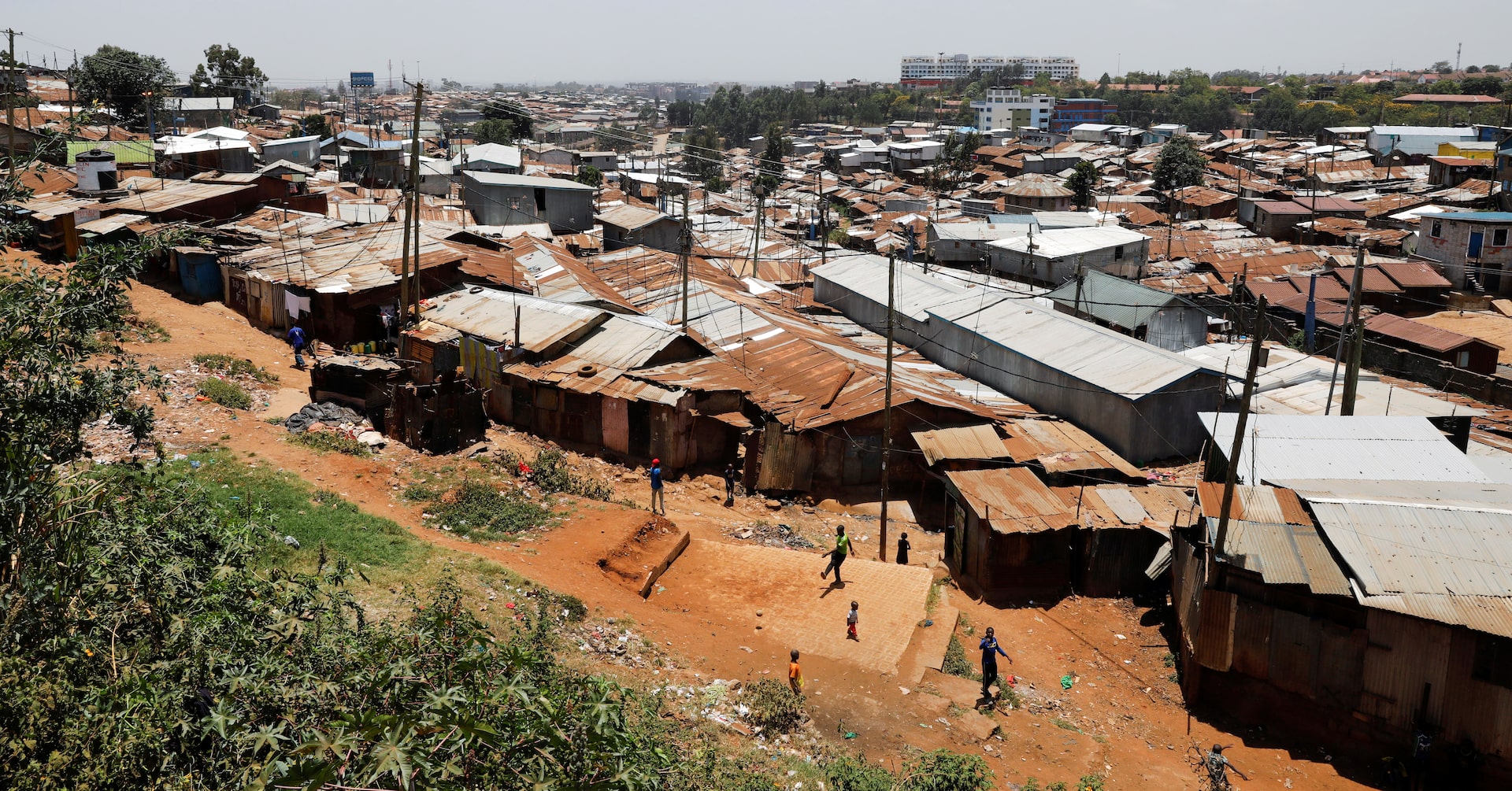Infrastructure Boost: Kenya Lands $600M Lifeline for Road Network Expansion

Kenya has secured a strategic financial lifeline of $600 million through short-term commercial bank financing, strategically leveraging the country's fuel levy collections from motorists. Finance Minister Njuguna Ndung'u announced the innovative funding approach on Wednesday, highlighting the government's creative solution to continue critical infrastructure development despite current budgetary limitations.
The innovative financing mechanism will primarily support road construction projects, ensuring that Kenya can maintain its infrastructure momentum even in challenging economic circumstances. By using fuel levy revenues as collateral, the government demonstrates a resourceful approach to funding essential national infrastructure without straining the national budget.
This financial arrangement underscores Kenya's commitment to infrastructure development and its ability to attract commercial financing through innovative financial strategies. The move signals the government's proactive stance in addressing infrastructure needs while navigating fiscal constraints with strategic financial planning.
